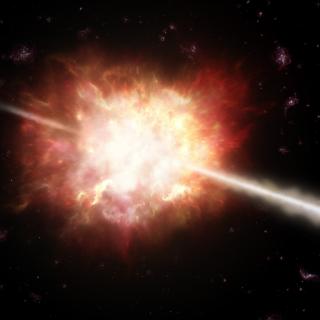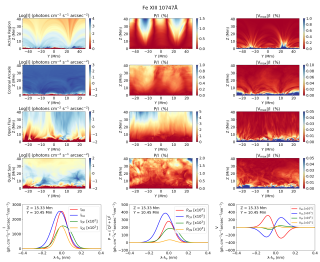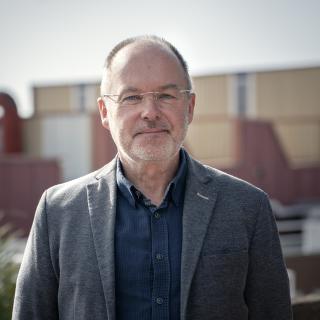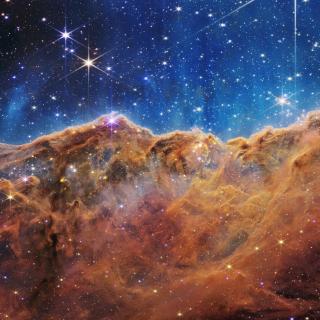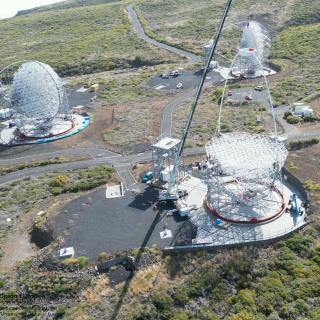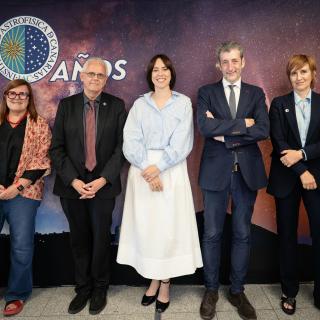
La ministra de Ciencia, Innovación y Universidades, Diana Morant, ha anunciado que el Gobierno de España está dispuesto a ofrecer hasta 400 millones de euros, a través del Centro para el Desarrollo Tecnológico y la Innovación (CDTI), para atraer a la isla de La Palma, en Canarias, el Telescopio de Treinta Metros (TMT, por sus siglas en inglés). La ministra lo ha anunciado durante la reunión del Consejo Rector del Instituto de Astrofísica de Canarias (IAC), que ha presidido hoy en La Palma, donde ha informado que esta tarde ha remitido una propuesta formal a la Fundación que gestiona el TMT
Advertised on
